In 1971, astronomers Paul Murdin and Louise Webster discovered the first ever clear identification of a black hole in Cygnus X-1, a powerful source of x-rays.
Paul Murdin and Louise Webster made the discovery using Isaac Newton Telescope, which today sits proudly at the Roque de los Muchachos Observatory on the island of La Palma.
The INT is now a powerful instrument operating in some of the best observing conditions in the world, but conditions weren't always so ideal.
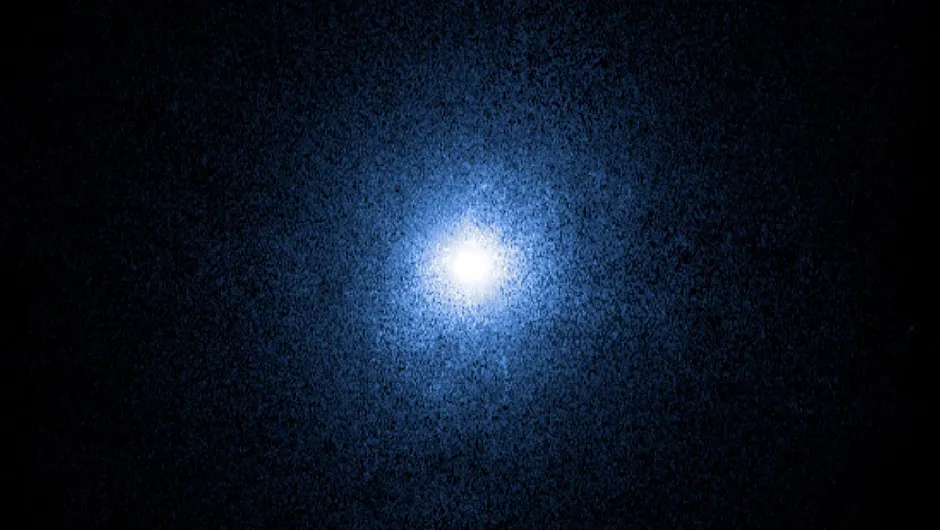
The Isaac Newton Telescope was constructed in the 1960s at Herstmonceux Estate in East Sussex in the UK, at the time the site of the Royal Observatory Greenwich.
It was inaugurated by Queen Elizabeth II on 1 December 1967 and subsequently achieved first light.
During its tenure at Herstmonceux, the INT was responsible for an incredible discovery.
Guided by astronomers Paul Murdin and Louise Webster, observations of the binary star system Cygnus X-1 revealed that one of the stellar companions was a black hole; the first detection.
However, unforgiving English weather resulted in the INT’s move to its current home in 1981, where it continues to operate today amongst the Isaac Newton Group of Telescopes, helping astronomers uncover the mysteries of the cosmos.
Louise Webster passed away following a long illness at her home in Paddington, Sydney, Australia on 29 September 1990.
We spoke to Dr Paul Murdin to find out what it was like working with the INT in its heyday, and how under he and Webster's guidance it made the first discovery of a black hole.

How did you end up working with the INT?
I first went to Herstmonceux and the observatory as a summer student.
The Royal Observatory ran summer courses there every year for about ten undergraduates, featuring lectures in the morning and project work during the afternoon.
For an undergraduate this was very attractive, and was an interesting job.
Herstmonceux was magical; we got to sleep in the castle and tour the grounds.
We also got a bit of an allowance and free board, which for an undergraduate was a big plus.
At the end of the course I was talking with the Astronomer Royal and he asked what my plans were once I finished reading Maths at Oxford University.
I said I thought I might become a school teacher, but he said "no, I want you to come and work with us".
So it turned out that that six-week course was actually a job interview! A year later I finished university and went to work at Herstmonceux, in about 1962.
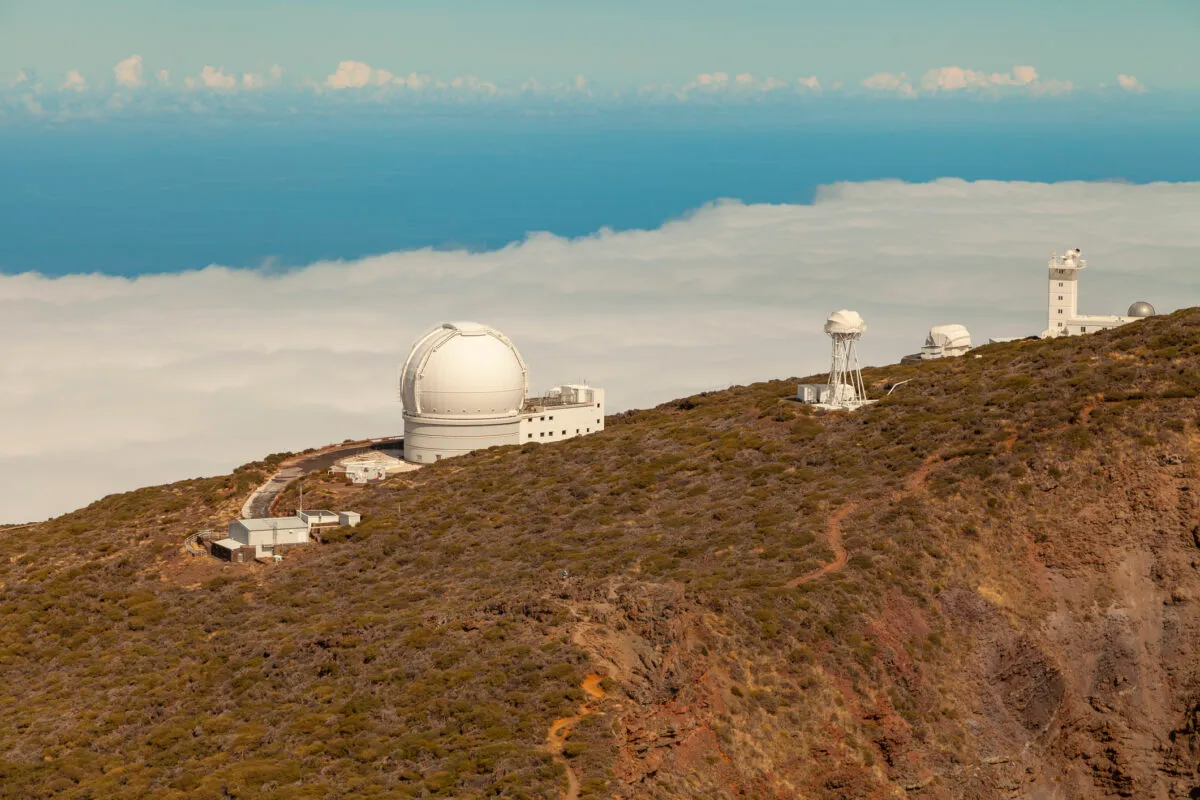
The INT was being discussed, but wasn’t there yet.
The kind of astronomy that was going on at Herstmonceux wasn’t really astrophysical, which is what I was interested in.
It was more about astrometry, which relates to the positions of the stars.
I only stayed at Herstmonceux for about a year, before moving to the US to work in astrophysics.
About seven years later I was at a conference and met some people from the Royal Observatory, who asked whether or not I would come back, which I did.
I worked on correlating optical observations of stars with work in other wavebands, particularly in X-ray.
Amongst others, I used the Isaac Newton Telescope and the 36-inch at Herstmonceux.
This included looking at the star that was identified with the X-ray source Cygnus X-1.
It was there that I and Louise Webster discovered that Cygnus X-1 was a binary star, and that one of those stars was a black hole.
This was the first coherent story about the existence of a black hole in our Galaxy.
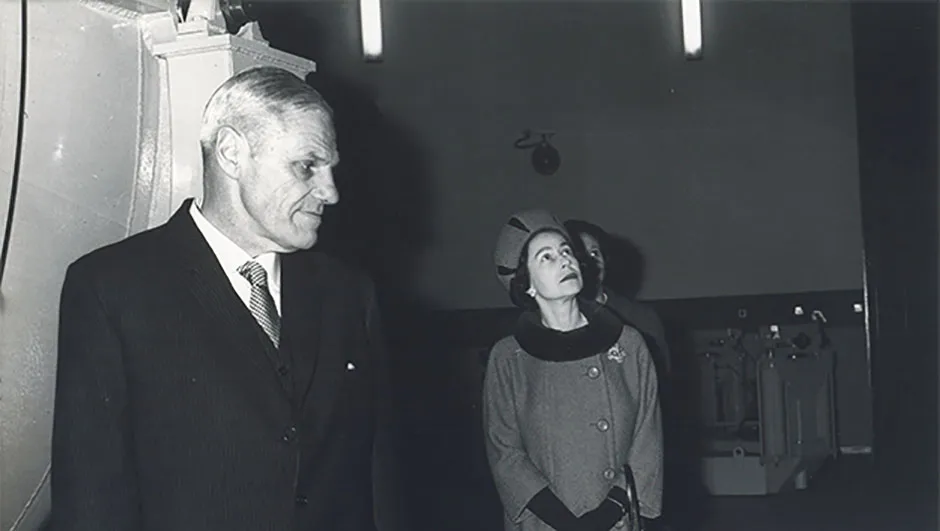
The INT moved to La Palma because of English weather, but it can’t have been so bad if you were able discover the first known black hole
I think it was actually the rather poor observing conditions that made it possible for us to discover that this star was a black hole!
The star itself is not a particularly faint one; it’s actually about +9 magnitude.
For a telescope of the size of the Isaac Newton to study a +9 mag. star in somewhere like California, for example, that would be regarded as a bit of a waste.
But for us the sky conditions weren’t that good, and it provided an opportunity for us to study something that other people were turning their backs on.
The INT wasn’t a very big telescope.
There were arrangements for being suspended underneath the Cassegrain focus sitting in a chair, but it was terribly cramped.
It was like being shoehorned into a fighter plane’s cockpit, I imagine.
There was a claustrophobic feeling when you were operating it.
In addition, it was not really in the right place to do the sort of observing that people had the ambitions for it to do.
It was supposed to be run for the benefit of university astronomers, but the chances of completing a programme of work in a short trip with the INT were not that good.
On the other hand, if you were resident at the site and could take advantage of such good weather as turned up, as I was, then you could get work done.
In the case of the discovery of the black hole in Cygnus X-1, one of the key things that was needed was consistent access to the telescope over a fairly long periods of time because the binary period was five and a half days.
So you had to be there for considerably longer than a week: best if you could be there for two or three months or even longer.
This meant that the telescope was neither wonderful for university astronomers, nor was it great for the onsite astronomers because they didn’t get consistent access to it. You had to be an opportunist!
Fortunately I was able to exploit the opportunities that did turn up, but I think it did diminish its usefulness and the potential for it to make great discoveries.
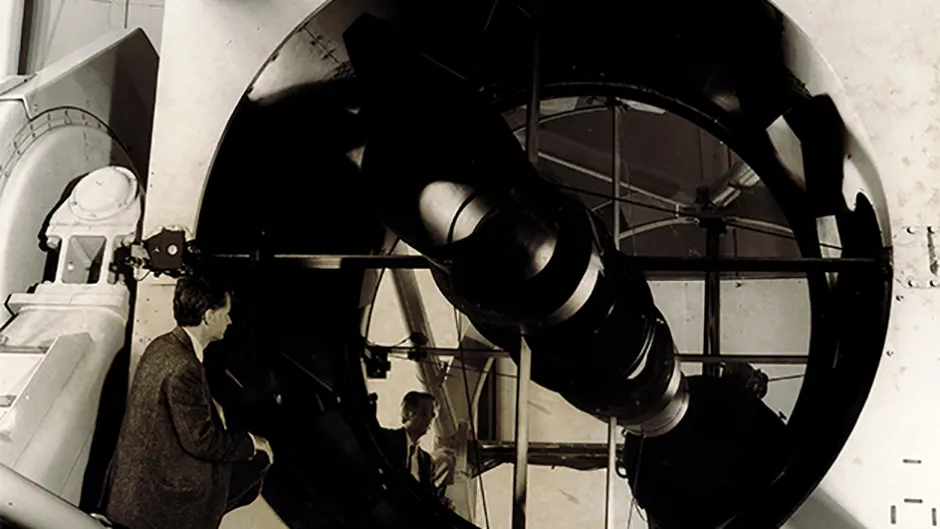
What sort of work did you do on the INT?
I was often on a roster for a few days a month supporting visitors who were using the telescope.
I helped them through the process; telling them how to operate the equipment, discussing aspects of their programme at the beginning of their run, and how I thought they should go about it.
Being there I could see what they were doing, and if they were getting frustrated and the equipment wasn’t working as well as it might, I could discuss problems with the engineering support staff.
I competed, just as they did, for access to the telescope for other programmes.
So if I wanted to do something specific, I put in applications.
Where I did get a free ride, however, was if a piece of equipment was being built and needed to be tested.
It would be put on the telescope and the engineers would work on it, typically up until midnight.
But then they’d pack up and go off to bed, leaving the telescope idle.
Except of course it wasn’t idle, because I would be in there like a rabbit!
How did you feel about the INT’s move to La Palma?
I supported it scientifically, because it was the right thing to do: going to a good site where there were better opportunities was a good thing.
Speaking as a member of a scientific organisation, however, I didn’t like the idea because it was removing a facility from my access and my control, or at least distancing it somewhat.
Of course, it was fought bitterly by the administrators, but I was just a research fellow and so couldn’t really influence that decision.
You did eventually follow it to La Palma
I did; partly as a result of the discovery of the black hole.I consolidated my scientific reputation and I was moved from being a research fellow to a permanent employee.
I was lucky enough to be chosen as one of the first members of staff at the Anglo-Australian Observatory, which hadn’t even been commissioned when I first went there.
That took me into the realms of being a scientific support worker in running telescopes and delivering them for university astronomers.
When my three-year term came to an end I had proven that I had the experience to work on the establishment of the observatory in La Palma.
So I was brought into the team of people who were managing the transfer of the INT and also building the William Herschel Telescope.
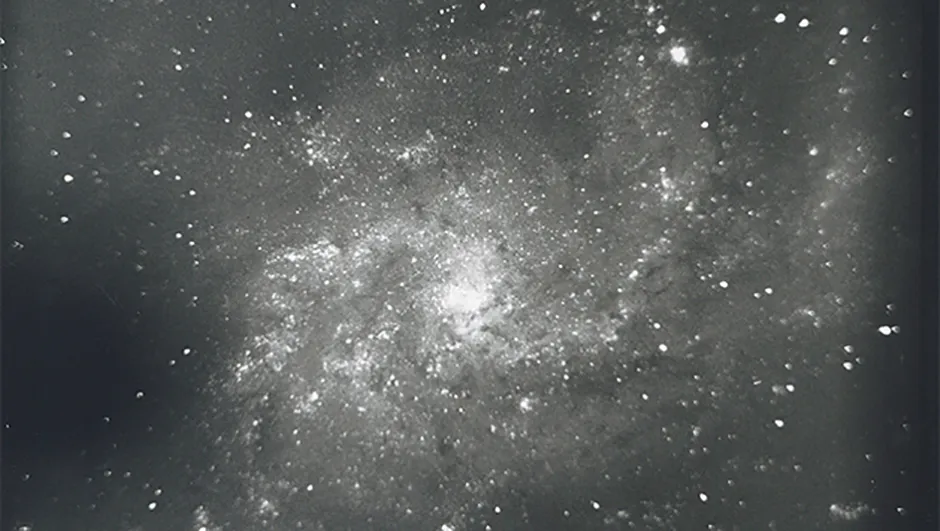
Are your memories of the INT fond?
To tell you the truth, no! I found it frustrating to work with.It was difficult to operate and get in and out of.
The weather was constantly changing, and if it was cloudy, it might stay like that for the rest of the night, or for half an hour.
I found all this very frustrating.
So no, I don’t remember the time at Herstmonceux being as enjoyable as going to La Palma and using the telescope there, where if you start off with clear skies you more or less know you’re going to get clear skies for the rest of the time and can accomplish great scientific things.
My memories of it are very mixed indeed.
The INT story has a happy ending, though.
Absolutely. The fact that it’s productively used by astronomers from the whole world and that it has made great discoveries is a testament to that.
The very first paper that came out of the Isaac Newton Telescope was by Michael Penston.
It was about the changing nature of one of the so-called active galaxies; a Seyfert galaxy.
He had taken a spectral analysis of it at Herstmonceux and then the telescope was dismantled and shipped out to La Palma and re-erected.
Michael was one of the first people to use it.
The first thing he did was to take another spectral of the same object and he found that the galaxy had changed its nature.
It had changed from one kind of Seyfert galaxy to another.
That was a big clue regarding how a Seyfert galaxy could change from one thing to another.
The Isaac Newton Telescope made good discoveries, and it is still making them, as far as I know.
This interview with Paul Murdin was conducted by BBC Sky at Night Magazine in 2017.
